The article “New Discovery About Persians in Ancient Japan Generates Excitement” written by Nevin Thompson was originally posted in Global Voices on October 16, 2016. Kindly note that the version printed below contains images and accompanying captions that do not appear in the original Global Voices posting.
For more on the topic of the ties of ancient Greater Iran to Japan and Asia kindly also see:
- An Overview of Iranians in Japan during Earlier Times
- Piece of carved wood suggests Persian taught maths in Japan 1,000 years ago
- Iranian arrivals to ancient Japan
- Eire-An & Asia
================================================================
The results of research by the Nara National Research Institute for Cultural Properties reinforces the idea that ancient Japan had strong ties with global culture — all transmitted via the Silk Road.
A rekindling of ancient ties: (اجرای زیبای نوازندگان ژاپنی از تصنیف «اندک اندک» شهرام ناظری در توکیو) Japanese performers of classical Iranian music perform Shahram Nazeri’s “Little by Little/Bit by Bit” in Tokyo on February 18, 2018. The musicians are as follows: Amin Choqadi (lead singer), Keiko Hayashibara (lady playing the Se-tar [literally “three-string” in Persian] which is a slim Iranian stringed instrument), Shuichi Kitagawa (plays the Tar stringed instrument), Tomoyuki Hamamoto and Junzu Tateyawa (these play the “Daf” which is the Iranian frame drum) and Leo Sai (player pf the Iranian goblet drum known as “Tonbak” or “Tombak”) (Source: Hafdang [هفدانگ] in Youtube).
The Institute announced that new infrared images of a wooden tablet used for record-keeping in 8th century Japan identified a Persian official — likely a scholar and tutor serving the Japanese Imperial Court — by name.
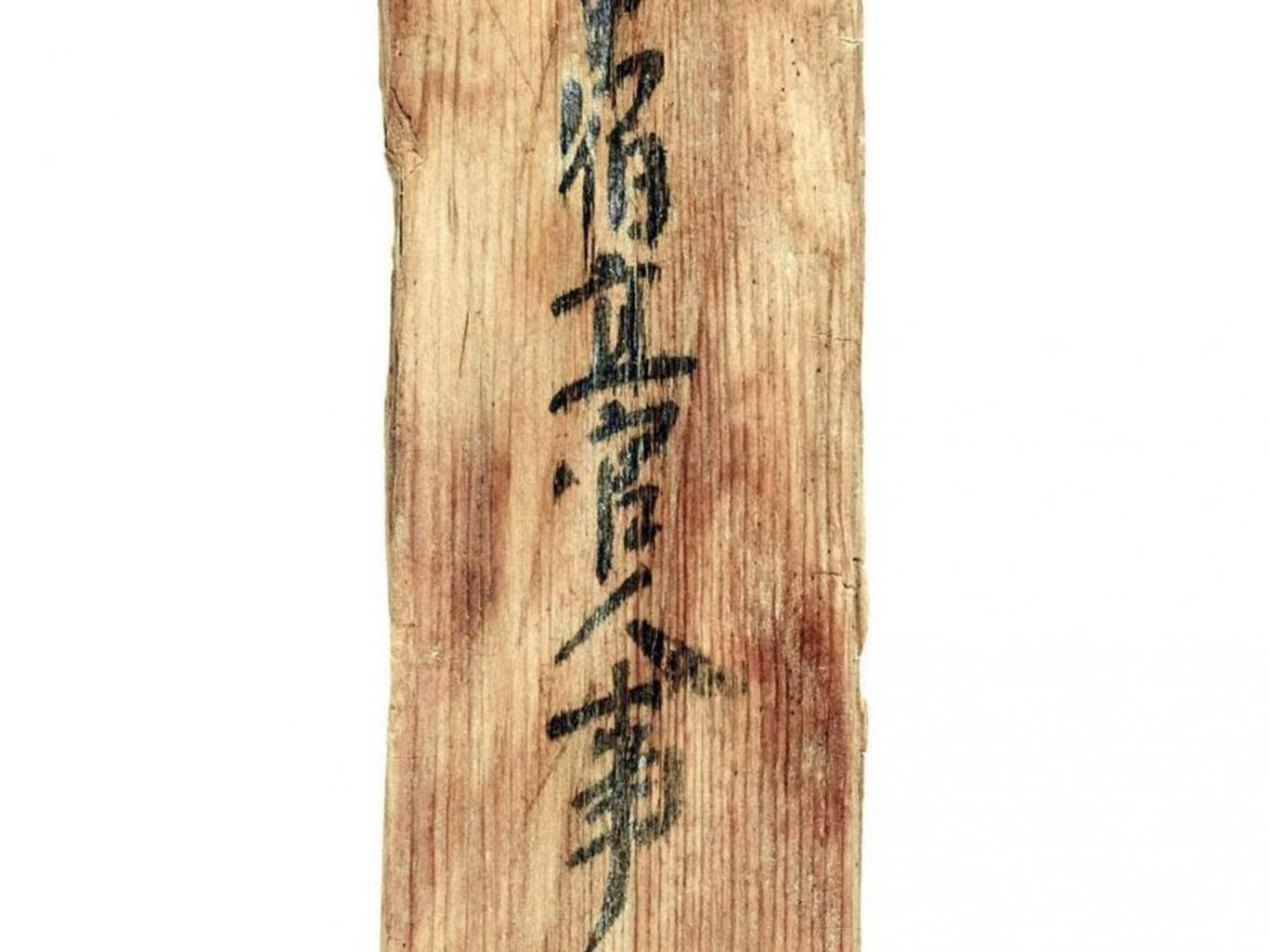
Scientists have used infrared imaging technology to analyze carvings on a piece of wood from c. 7th century Japan. The writings on the wood appears to name a Persian mathematics lecturer who worked at a facility in a millennium ago Japan where government ministers were trained in the former Japanese capital of Nara … for more on this click here …
While it’s long been accepted that Japan enjoyed trade connections with countries and cultures all along the Silk Road, records of these exchanges in ancient Japan are sparse and hard to come by. The results of the infrared imaging represent a major find.
According to an article by wire service AFP-Jiji, which was republished by the Japan Times:
“… present-day Iran and Japan were known to have had direct trade links since at least the 7th century, but new testing on a piece of wood — first discovered in the ’60s — suggest broader ties”.
Quoting Akihiro Watanabe, a researcher at the Nara National Research Institute for Cultural Properties, the article said that the official worked at an academy where government officials were trained and suggested — thanks to ancient Iran’s expertise in the subject — that he may have been teaching mathematics.
At the time, wooden tablets (rather than paper) were commonly used for record-keeping:
Apparently, a #Persian was living in #Japan‘s Nara a millenium ago, https://t.co/8bgbNIqncC pic.twitter.com/2KPq6hkdwX
— Archaeology & Arts (@archaiologia_en) October 7, 2016
A tweet by news outlet Sankei News West features an image of the original tablet, and a translation in contemporary Japanese of what was written on it. There’s also a map showing where the tablet was found.
平城宮にペルシャ人の役人が働いていた!! 765年木簡が証明 「国際的知識で登用か」と専門家https://t.co/AdjzuDFkTg pic.twitter.com/jV75tglzwM
— 産経ニュースWEST (@SankeiNews_WEST) October 5, 2016
A Persian official once worked at Heijo Palace! A wooden tablet dating back to 765AD certifies the man ‘possessed international expertise’ and was an expert in his field.
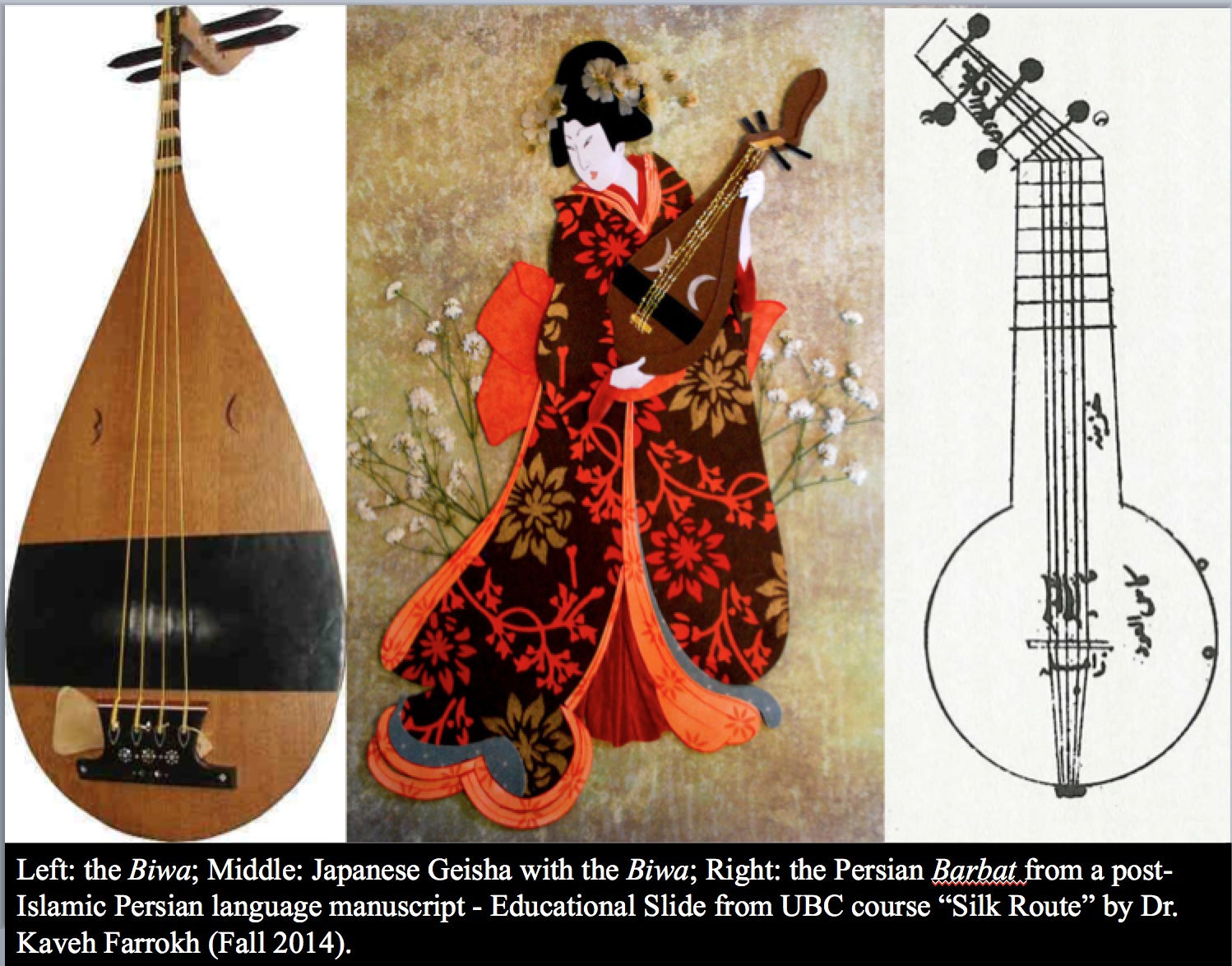
An enduring Sassanian legacy in Japan: the Biwa and its ancient Iranian ancestor, the Barbat (Source: Lecture slide from Fall 2014 course on the Silk Route at the University of British Columbia).
Heijo Palace is part of the Heijo-kyo complex in the city of Nara. Heiijo-kyo was constructed in the mid-8th century and served as the capital of Japan for several decades before the capital was moved elsewhere. At the time, Japan was busy modernizing — importing technology and cultural practices from other parts of Asia — including architecture and artistic styles, religion and a codified legal system. In particular, architecture and a legal code were heavily influenced by the Tang Dynasty in China.
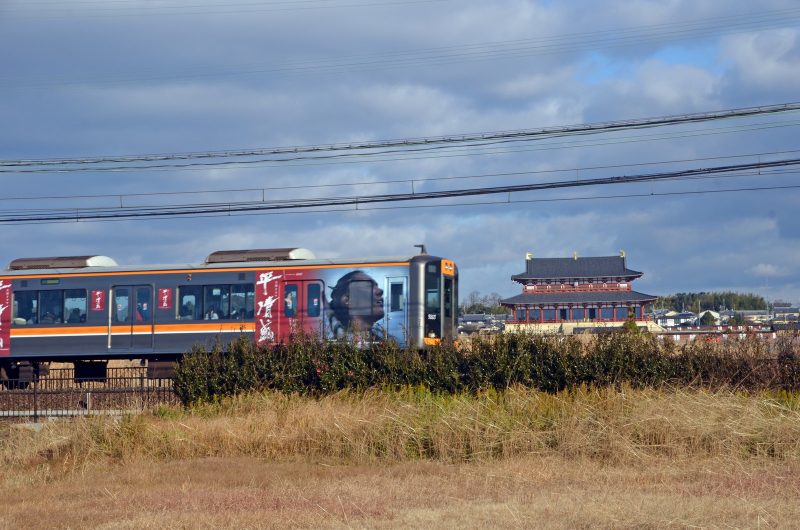
Ferroconcrete reconstruction of Suzuka Gate, on site of former Heijo Palace in western Nara City. An ancient wooden tablet from this site was recently reexamined using infrared imagery (Photo: Sek Keung Lo in Flickr).
While the ancient city no longer exists, much of the remains of Heijo-kyo have been excavated over the past 70 years. Today, the area serves as a large civic park located just to the west of Nara’s city center.
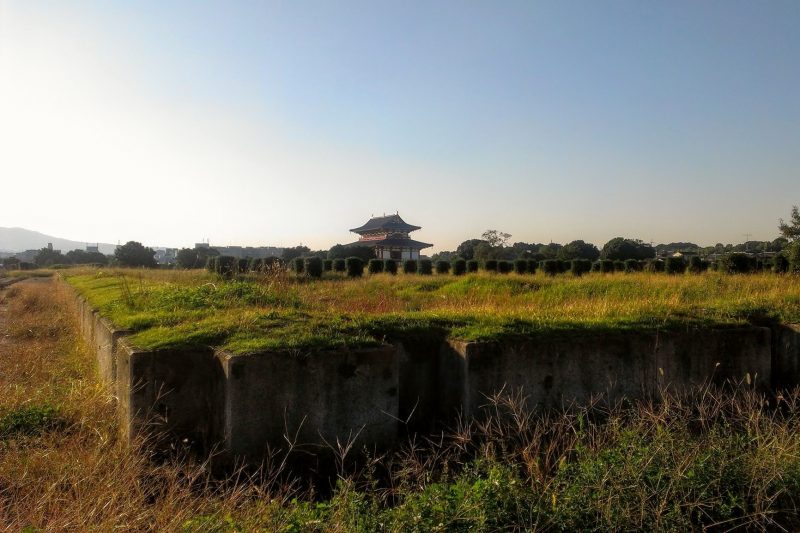
Site of Heijo-kyo, Nara (Photo: Nevin Thompson).
It should come as no surprise that in the 8th century, someone from Persia would end up living and working in Japan, which was located at the end of the Silk Road. The route connected Japan with countries and regions far to the west, including Persia and the Byzantine Empire.
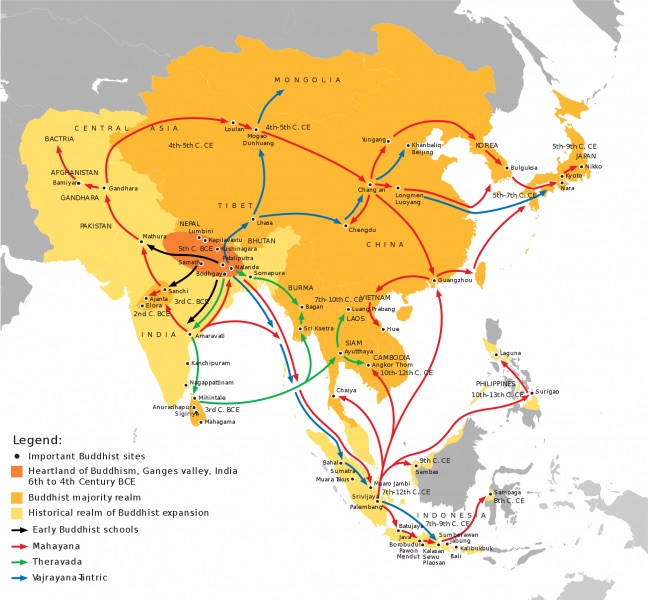
Buddhist expansion in Asia, Mahayana Buddhism first entered China through Silk Road (Gunawan Kartapranata in Public Domain).
Ancient Japanese culture incorporated a continuum of cultural influences from south and central Asia, as well as from Persia. Many deities and demigods in the Japanese Buddhist pantheon had their origins from other parts of Asia. This statue of an Asura, dating from the 12th century, is thought to have its origins in part from a similar ancient Persian deity:
【京都・三十三間堂/阿修羅王(二十八部衆)(鎌倉)】古代インドの魔神アスラ。元は古代ペルシアの最高神アフラ・マズダー。165cm。八部衆の一人で戦闘神。帝釈天と常に闘い、負ける。三面三目六臂。正面の顔は忿怒の表情を浮かべる。 pic.twitter.com/87AQnja3Qs
— 美しい日本の仏像 (@j_butsuzo) October 7, 2016
Location: Sanjusangendo Temple in Kyoto; an Asura, one of the 28 followers of Kannon (Kamakura Period). From the ancient Indian demons, the Asuras. Asuras are thought to have their origins in the Persian creator Ahura Mazda.This statue of an Asura is 165cm tall; of the 28 followers, this represents the warrior. Forever in battle with Taishakuten (帝釈天), the Lord of the Devas, the Asura will always lose […] The primary visage expresses rage and exasperation.
The announcement in Nara comes several weeks after ancient Roman coins were found in the ruins of a castle in Okinawa Prefecture, which lies far to the southwest of the Japanese archipelago:
Fascinating: “Archaeologists have found ancient Roman coins buried in the ruins of a 12th-century castle in Okinawa” https://t.co/5hGdrpo3Fp pic.twitter.com/EWlNGxE4O9
— Ankit Panda (@nktpnd) October 6, 2016
With the announcement of the Persian official in Nara, some Japanese bloggers have turned their attention to what such a person might have looked like.
One blogger muses whether gigakumen masks used for ancient court rites may be based on Persians, or other cosmopolitan residents of Nara in the 8th century.
奈良時代のペルシャ人役人ってこんな感じ??? https://t.co/MHerGIWe7K #落書き #奈良 pic.twitter.com/kYLRlVvEmw
— ヨシノ (@yoshino_nara) October 5, 2016
I wonder if the Persian official from Nara could have looked like this?
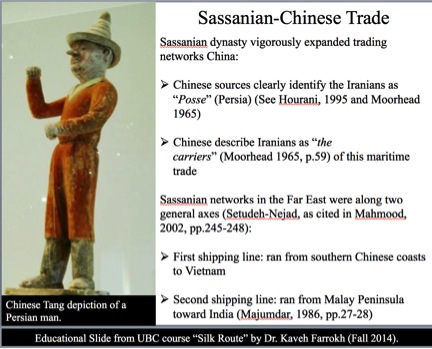
Sassanian and Soghdian merchants were actively trading with China, a process that led to Iranian links with ancient Korea and Japan (Source: Lecture slide from Fall 2014 course on the Silk Route at the University of British Columbia).
The Nara National Museum provides a good introduction into this era of Japanese history.



